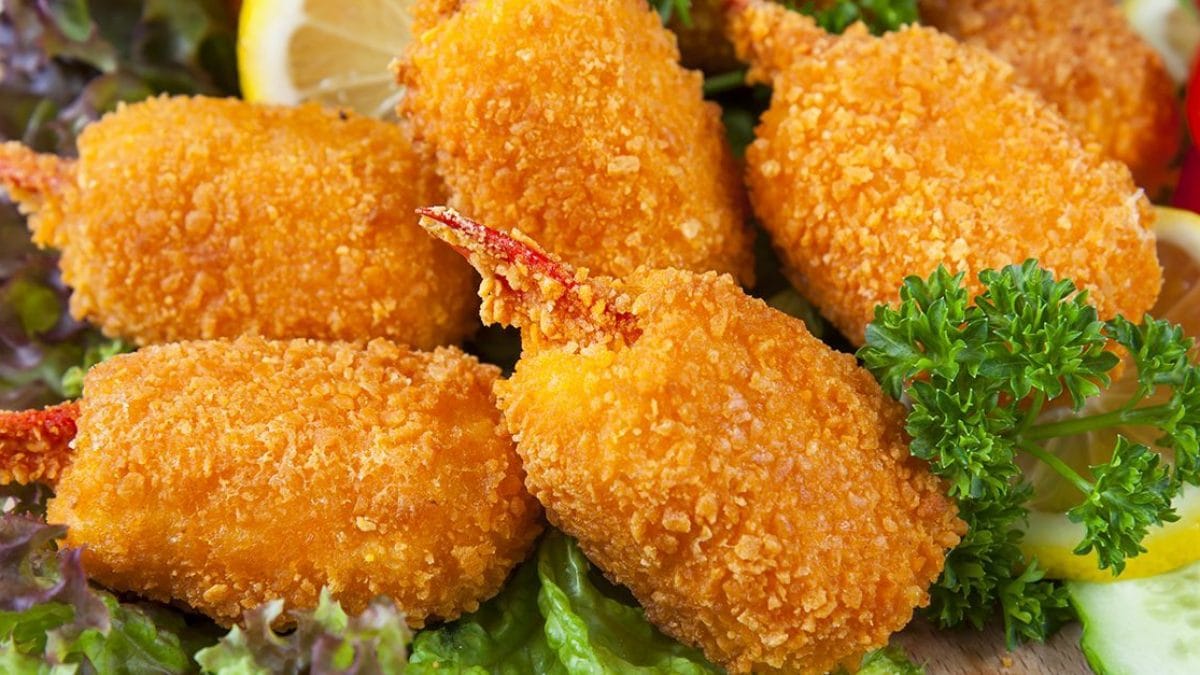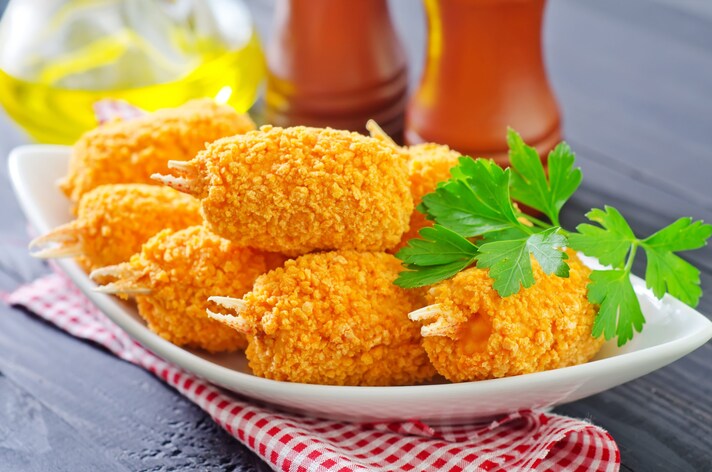
You've almost always come across them at a buffet or among the appetizers on menus: we're talking about crab legs, and today we're going to explain why they're not what they seem. A curious product that promises seafood and flavor but actually has something unconvincing about it. The so-called crab legs you find in the frozen food section of grocery stores actually have little to no real crab in them; they're an industrial product crafted to look like something they're not. Let's take a look at what they really contain, where they come from, and why you should think twice before putting them on your plate.
What Ingredients do Crab Legs Contain?
Sold as white-fleshed seafood balls, crab legs are a "ready-to- eat" product. Simply fry them in oil or bake them, perhaps topped with a sauce, before eating. The truth is that they're made almost entirely of surimi, a product comprised of various industrial "waste" products, primarily from cod or hake. These are blended into a paste and then recombined with starches, thickeners, artificial flavors, sugars, salt, and colorings. In short, the percentage of crab meat is very low, if any.

As for the claws, once the mixture is obtained, everything is molded into molds that mimic their shape, and perhaps a wooden stick is added to give the illusion of an internal "bone." And voilà, we have a crab claw that has never seen the seabed. While seemingly harmless (and delicious), these pseudo-claws present several problems: they contain numerous additives, including preservatives and flavor enhancers, which aren't exactly ideal for a healthy, balanced diet. Furthermore, they are highly processed, lacking in the crab's true nutrients, and are high in sodium.
Be Careful to Read The Labels Carefully
We talked about "crab nutrients" and how the legs we buy at the supermarket or eat at a buffet lack them. In reality, crab meat is a product rich in benefits, as several nutritionists and experts confirm. We're talking about a very valuable (and also expensive) food full of essential fatty acids, minerals, and vitamins essential for the body's functioning. It also contains high levels of protein, selenium, omega-3 fats, B vitamins, phosphorus, calcium, and other minerals. In short, crab is an excellent food to combine with a healthy, balanced diet.

Unfortunately, the packaged crab legs you find at the grocery store don't have these nutritional values, so if you thought you were getting a load of omega-3s, you're wrong. In reality, "real crab legs" do exist and are sold at fishmongers or in more specialized frozen food sections (always be careful to read the label). They obviously cost more than double that of surimi, but in this case, we're talking about real, ultra-fresh fish with a naturally sweet flavor and high protein content, not festival-quality imitations. If you love seafood and want to avoid fake foods, you could try octopus or calamari, shrimp or prawns, or seafood-flavored tofu (for vegans): these are certainly more accessible and nutritious than frozen crab legs.
;Resize,width=767;)
